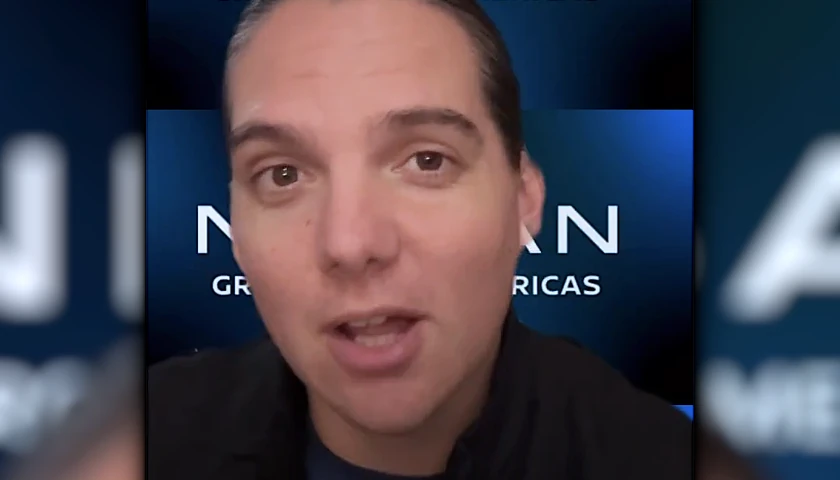by Jim Nelles
October’s Consumer Price Index, the measure of the national rate of inflation, was at 7.7 percent in October, compared to a reading of 8.2 percent in September. The report propelled “U.S. stocks forward [at the open] and sent Treasury yields tumbling as Wall Street weighed the implication of softer prints on Federal Reserve policy.”
The decline in the rate of inflation was driven by declining annual prices of “necessities” such as smartphones (-22.9 percent), admission to sporting events (-17.7 percent), televisions (-16.5 percent), and women’s outerwear (-1.4 percent), all items that are discretionary purchases.
Unless you can eat your smartphone, this didn’t help you very much as a consumer, as the components of the CPI that showed the most inflation were “needs,” those items that we need to purchase in order to live. We saw increases in such staples as food at work and school (95.2 percent), eggs (43.0 percent), butter and margarine (33.6 percent), and motor vehicle insurance (12.9 percent).
According to the U.S. Bureau of Labor Statistics, the food at home index rose 12.4 percent. Shelter prices have increased by 6.9 percent in the last year, and the energy category (gas, fuel oil, natural gas) increased 17.6 percent.
These last three categories hit working Americans particularly hard as they represent a large portion of a family’s budget. “Housing represents the biggest share of average consumer budgets, accounting for 34% of household spending in 2021, according to the most recent U.S. Department of Labor data. Transportation, which includes gasoline, and food are No. 2 and No. 3 respectively, at 16% and 12%.”
In short, Americans are seeing extreme inflation across 62 percent of their household budget.
Because of the rise in inflation, workers saw another decline in their wages in October. “Real average hourly earnings declined 0.1% for the month (of October) and were down 2.8% on an annual basis.”
The impact of inflation and declining wages are devastating hard-working Americans. More than 20 million American households, 1 in 6, are behind on their utility bills, not surprising given that the price of home heating oil is up 68.5 percent year-over-year . . . and it’s just starting to get cold.
American consumers “borrowed another $25 billion in September . . . as higher costs led to further dependence on credit cards . . . in the second quarter of this year (2022), credit card balances saw their biggest year-over-year increases in more than two decades.”
In 2019, nearly 1-in-4 Americans said that paying for basic necessities such as rent, utilities and food contributes the most to their credit card debt. This was in 2019, pre-COVID and pre-inflation . . . just imagine the impact today.
This credit card debt and using credit cards to pay for necessities comes at a time when credit card interest rates hit an all-time high of 19.04 percent, according to survey data from Bankrate.com. This means that those who must charge necessities such as food, and cannot pay their credit card bills in full each month, will spiral deeper into debt.
It isn’t just credit card debt and the inability to pay bills, the housing market continues to suffer under these inflationary times. Existing home sales have “declined for eight straight months as borrowing costs have become too big an obstacle for many Americans already paying more for food, gas, and other necessities. Additionally, many homeowners . . . have held off listing their homes because they don’t want to jump into a higher rate on their next mortgage.”
Consumers are even having to change their eating habits to deal with inflation. They are “looking for deals and switching to generic brands . . . customers are switching from beef to chicken . . . and Applebee’s and IHOP have reported an uptick in higher-income customers who are likely trading down from pricier restaurants.”
Americans continue to struggle under the crush of “Bidenflation,” even if the White House touts last week’s CPI numbers as a decrease. What are working-class Americans struggling to make ends meet, put food on the table, gas in the car, and clothes on their children’s back to do? According to the government, if you can’t afford gas, buy an electric car. For those who can’t afford to prepare nutritious meals, in the words of soon-to-be former Representative Sean Patrick Maloney (D-N.Y.), let them eat Chef Boyardee!
– – –
Jim Nelles is a supply chain consultant based in Chicago, Illinois and a regular contributor to the National Pulse. He has served as a chief procurement officer, chief supply chain officer, and a chief operations officer for multiple companies.
Photo “Grocery Shopping” by Michael Burrows.








